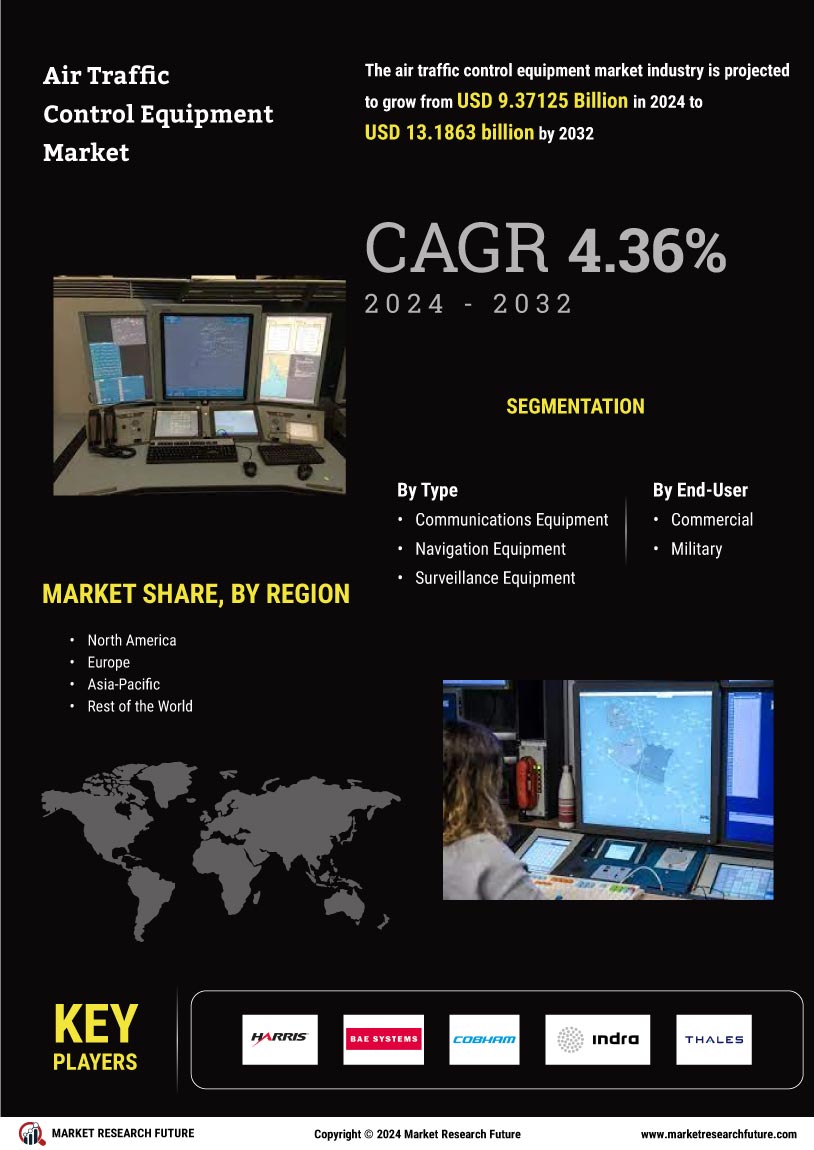Leading market players are investing heavily in research and development in order to expand their product lines, which will help the air traffic control equipment market, grow even more. Market participants are also undertaking a variety of strategic activities to expand their global footprint, with important market developments including new product launches, contractual agreements, mergers and acquisitions, higher investments, and collaboration with other organizations. To expand and survive in a more competitive and rising market climate, air traffic control equipment industry must offer cost-effective items.
Manufacturing locally to minimize operational costs is one of the key business tactics used by manufacturers in the global air traffic control equipment industry to benefit clients and increase the market sector. In recent years, the air traffic control equipment industry has offered some of the most significant advantages to medicine.
Major players in the air traffic control equipment market are attempting to increase market demand by investing in research and development operations are Harris Corporation (US), BAE Systems PLC (UK), Cobham (UK), Indra Sistemas (Spain), Thales Group (France), ADB Safegate (US), Searidge Technologies (Canada), Raytheon Company (US), Aeronav Inc (Canada), and Aquila Air Traffic Management Services (UK).
Thales Group, a French multinational corporation, develops, manufactures, and designs electrical systems, tools, and equipment for aerospace, military, transportation, and security. The business hub of Paris, La Défense, is where the corporation is headquartered. In March 2021, the Thales Group produced the RSM NG surveillance radar to aid in air traffic management (ATM). The radar's ability to track about 2,000 flights and send 64 simultaneous data outputs to various air traffic control centers (ATCC) demonstrates its performance in the market.
The aerospace and defense industries can get their technology needs met by Raytheon Technologies Corp. Engine control systems, power generation management and distribution systems, flight systems, and commercial, general aviation, and military aircraft engines are all included in the company's product line. The business offers fleet management and aftermarket maintenance, repair, and overhaul (MRO) services. In January 2020, the Federal Aviation Administration, which oversees civil aviation in the United States, and Raytheon Technologies Corporation collaborated to develop the air traffic terminal automation system, enhance usability, and lower operational costs for the standard terminal automation replacement (STAR) system.


















Leave a Comment